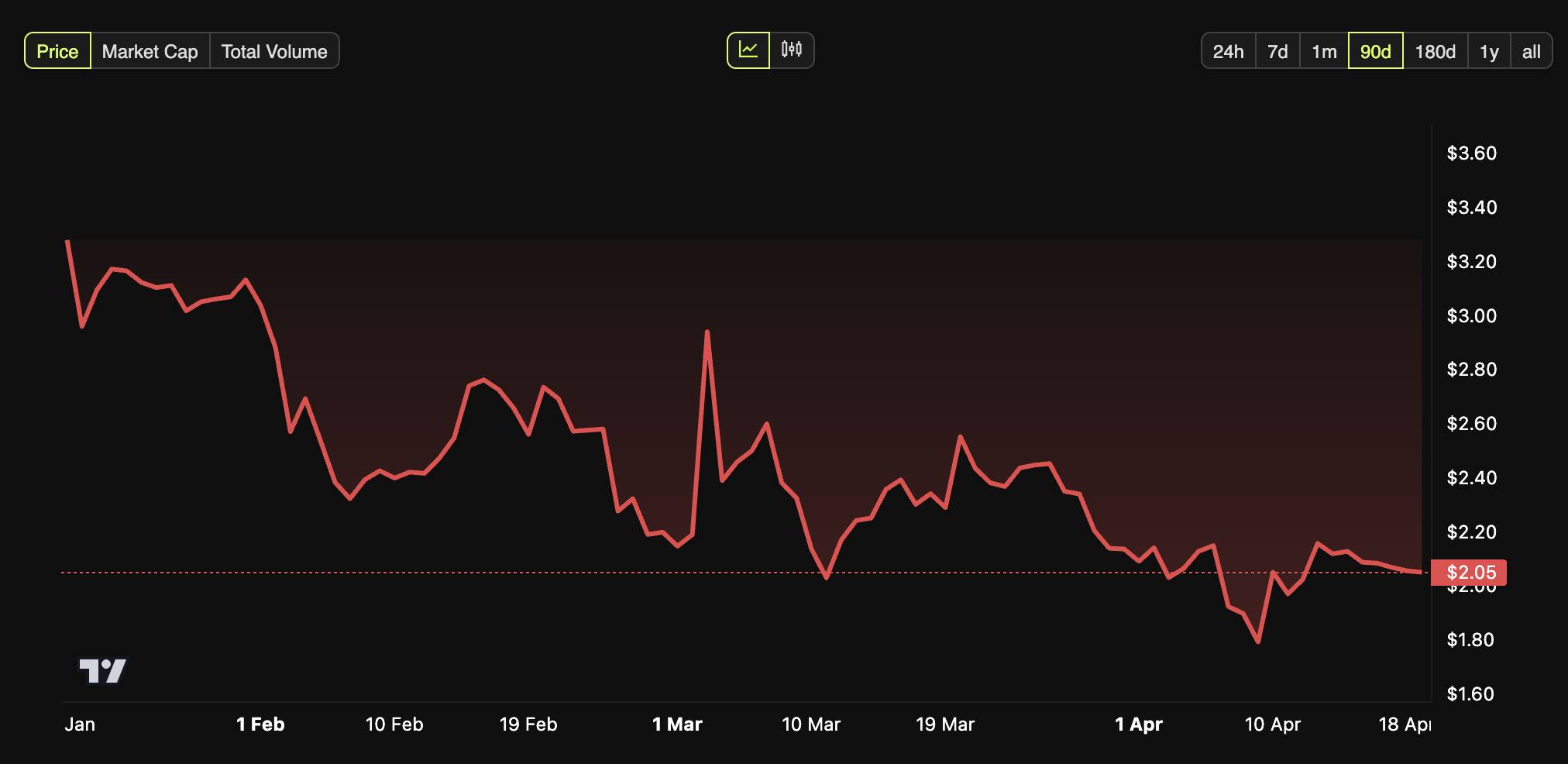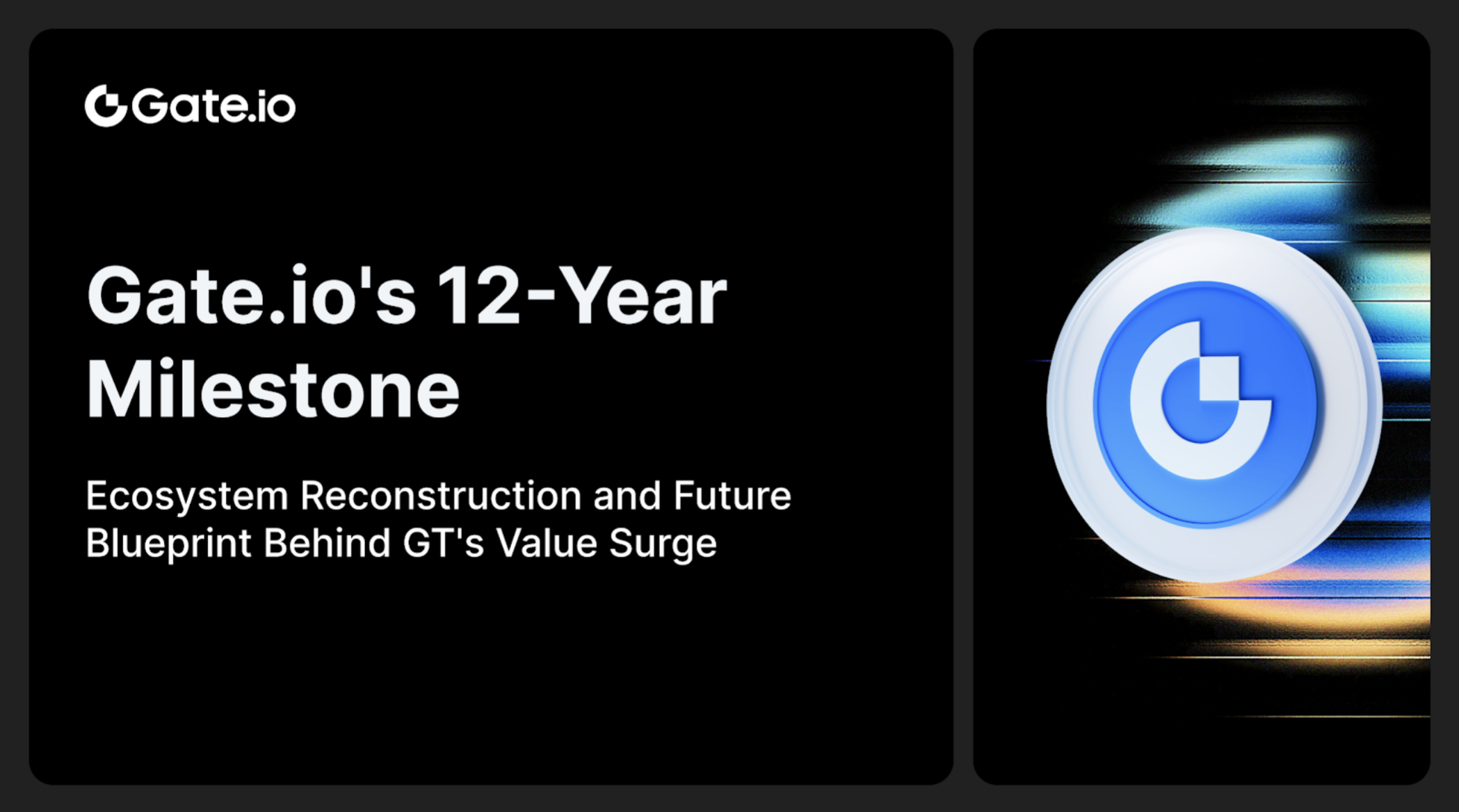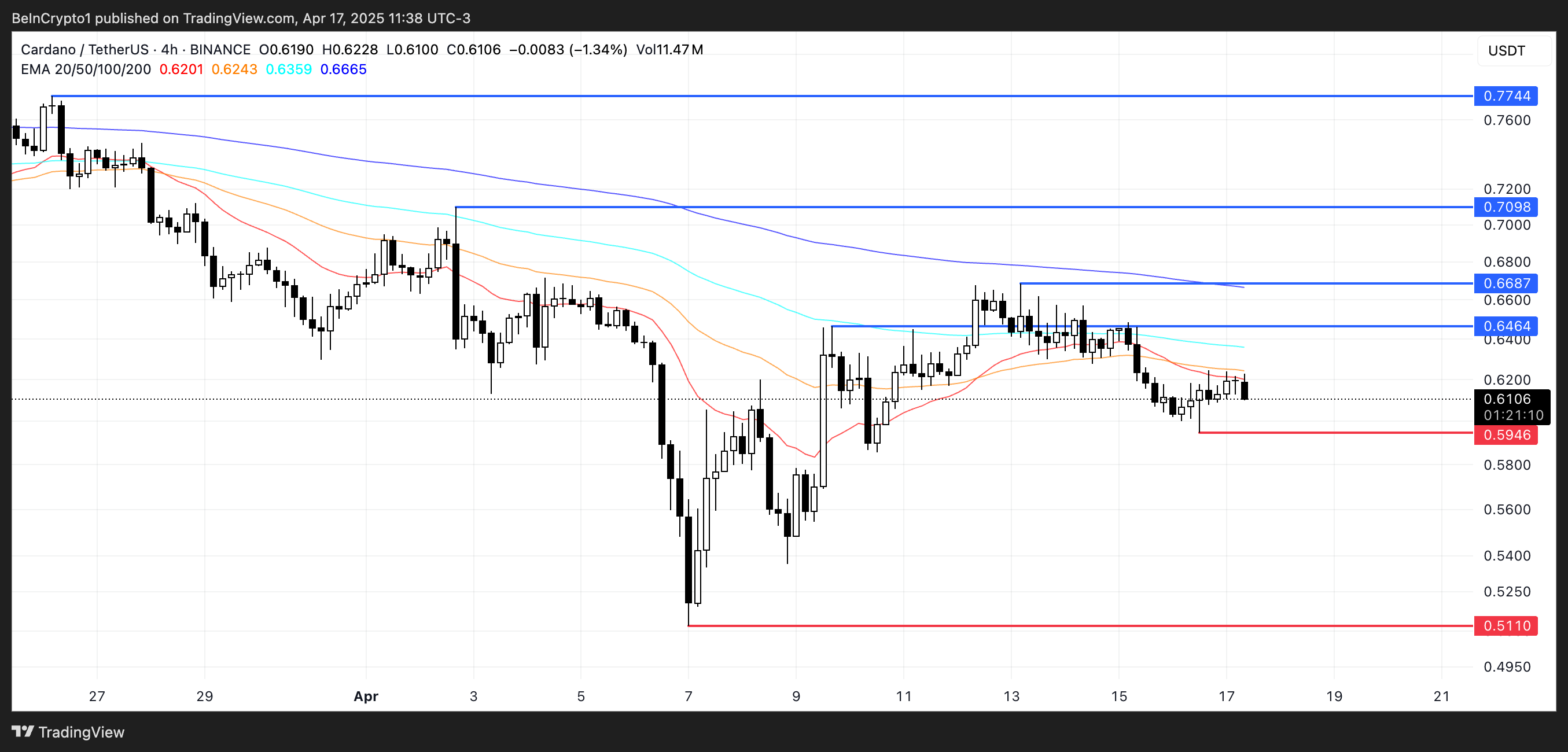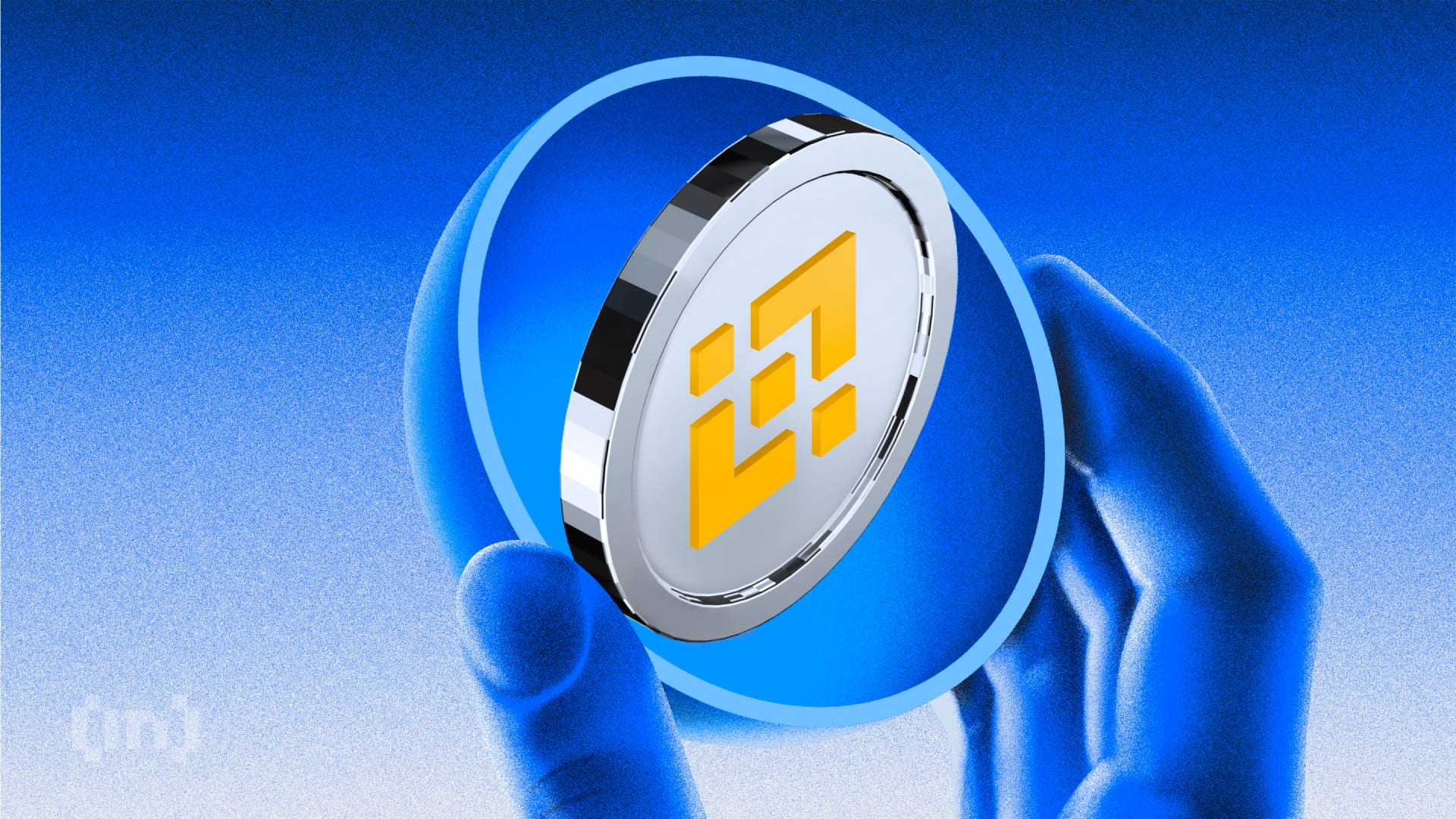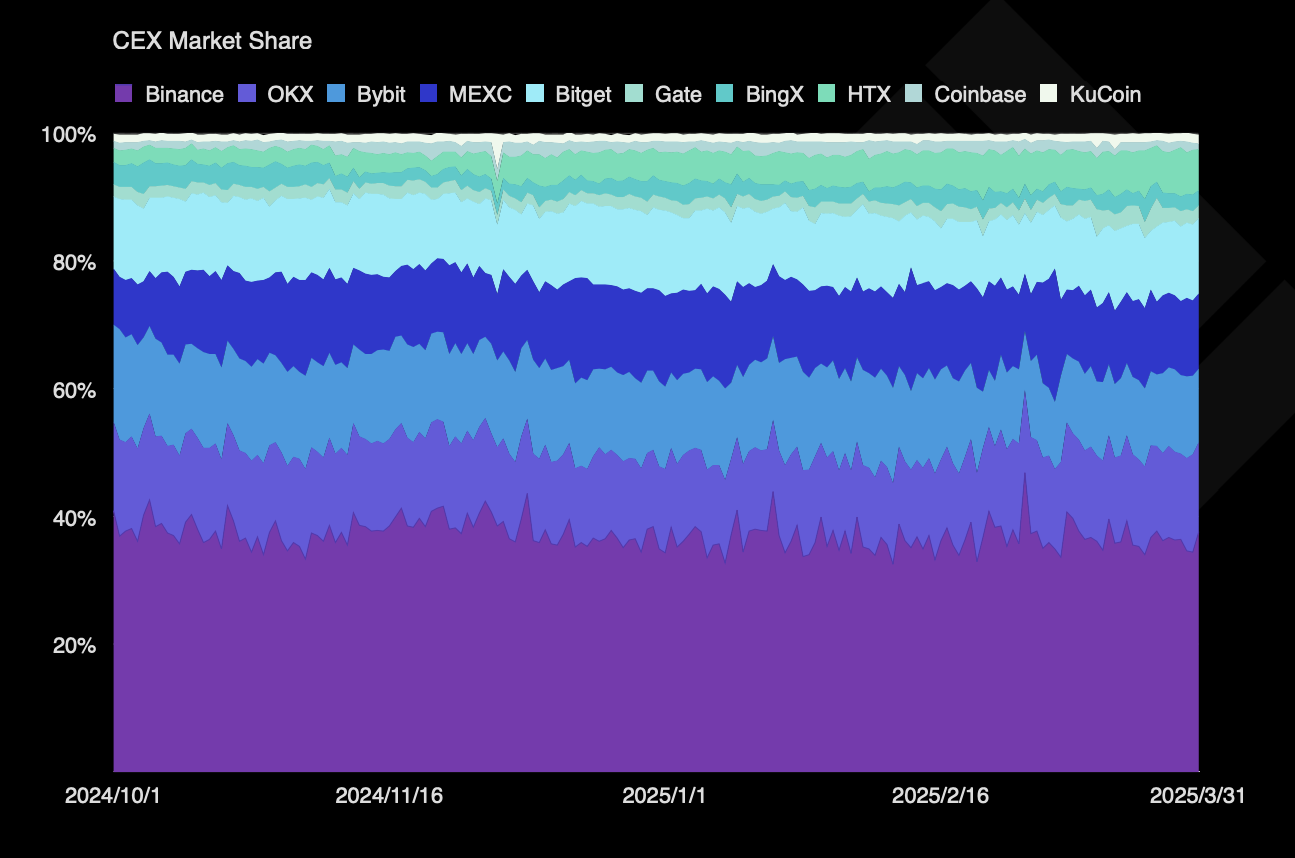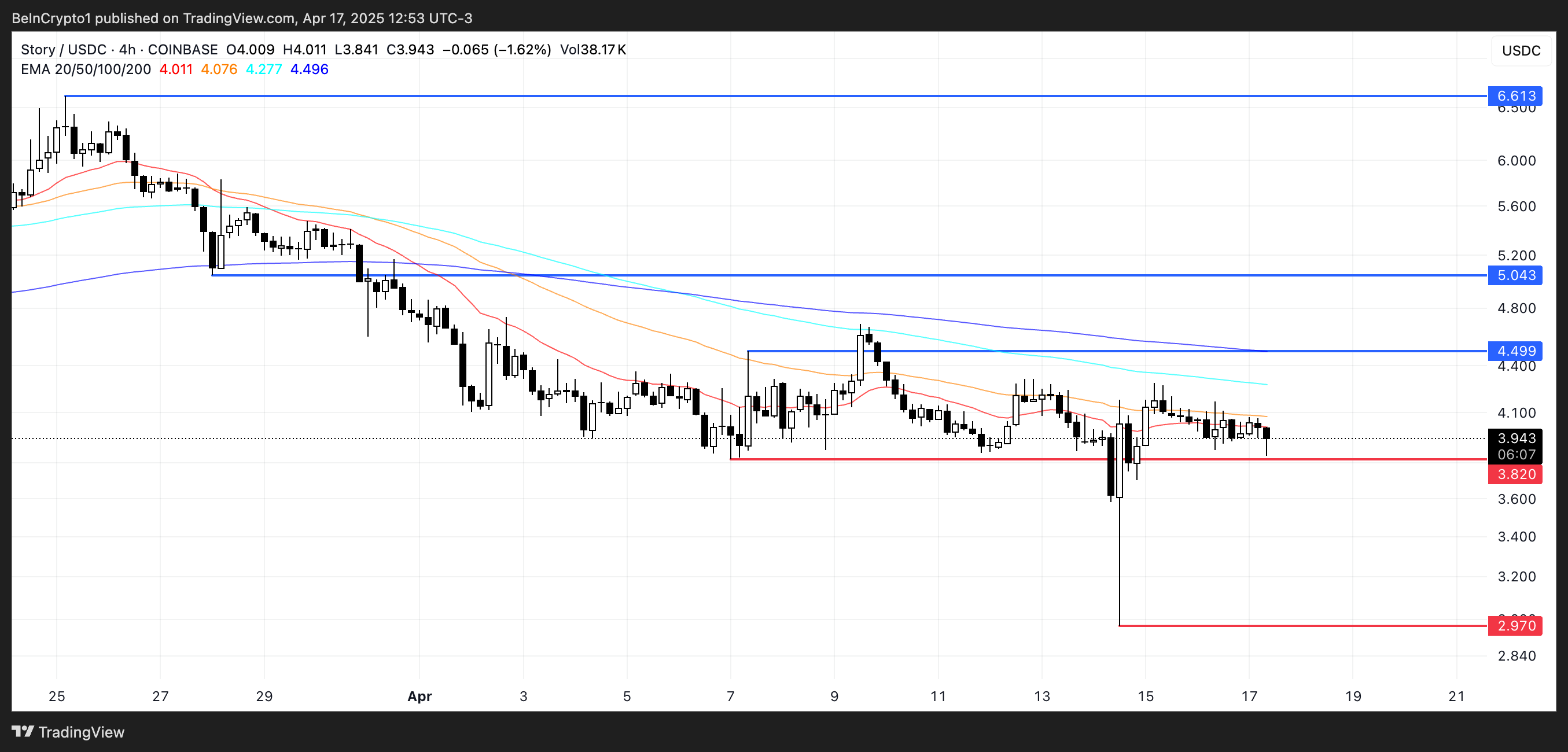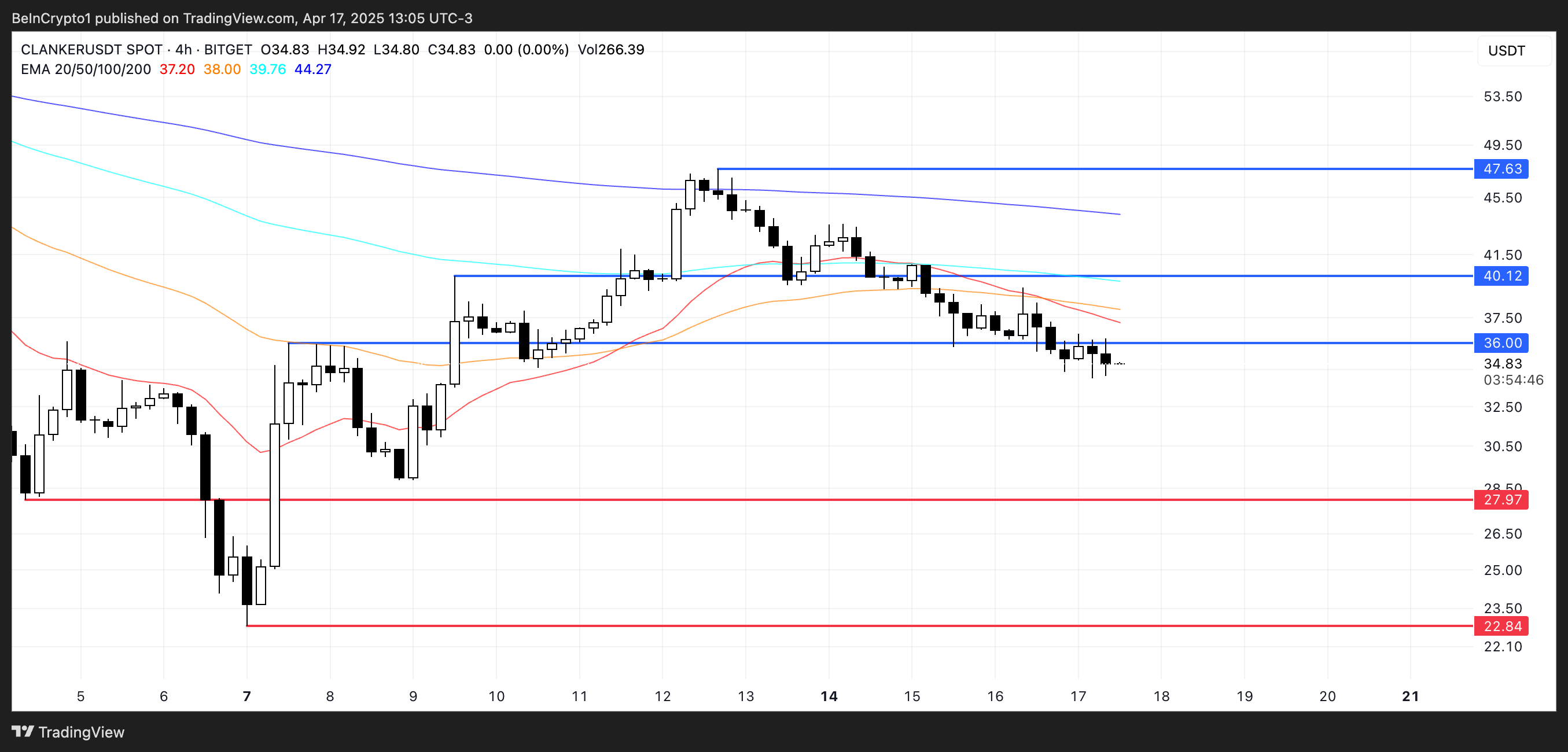In the fast-evolving world of digital assets, 12 years marks a period of deep engagement that spans nearly the entire lifecycle of the industry. From early exploration to becoming a witness to the industry’s development, every step Gate.io has taken has been closely tied to market cycles, technological evolution, and shifting user demands. This has not been a linear journey but a long-term game of trust, technology, and forward-looking judgment.
Looking back, Gate.io has evolved from a product-oriented platform focused solely on cryptocurrency trading into a global ecosystem covering asset trading, asset management, public chains, industry research, and Web3 infrastructure. This transformation represents not a mere quantitative accumulation but a qualitative leap. Every product upgrade and strategic pivot has been a deep reflection and practical exploration of ecosystem efficiency and user core value.
Now, in its 12th year, Gate.io has chosen GT as the key anchor connecting the past and the future. GT is not just the value carrier of the ecosystem’s operations but also shoulders multiple missions including brand revitalization, mechanism restructuring, and community engagement. At this pivotal point, GT is taking on a central role in reshaping ecosystem value with clearer positioning and more open architecture, activating the next phase of growth.
Anniversary Celebration and Brand Evolution: Crossing from Trading to Ecosystem
Gate.io’s 12th anniversary celebration is not only a tribute to its past achievements but also a key milestone for its brand strategy upgrade. From a cryptocurrency trading platform to a global ecosystem giant, Gate.io‘s transformation is reflected in every detail.
The upgrade of the brand name and the revamp of the visual identity signify not just superficial changes but a redefinition of the brand’s core. The new brand image conveys a message of greater professionalism and credibility, aligning with the global and futuristic positioning of Web3 and providing strong trust support for GT’s value.
GT, as the core token of the Gate.io ecosystem, has long surpassed the role of a mere trading medium. It runs through the entire ecosystem, connecting user rights, ecosystem applications, and market growth, becoming a true super token. On the occasion of the 12th anniversary, GT’s value logic is undergoing profound changes. The platform’s sustained growth, the breakthrough in user numbers, and continuous ecosystem expansion have all laid a solid foundation for GT’s value appreciation. And this is just the beginning.
Platform Growth and Resonating Demand for GT
In the first quarter of 2025, Gate.io’s user base surpassed 22 million. This surge in users not only signifies increased platform activity but also drives growth in both spot and derivatives trading volumes. These increases, through the buyback and burn mechanism, further feed back into GT’s value.
The deflationary model is a crucial pillar supporting GT’s value growth. To date, over 170 million GT have been cumulatively burned, with a destruction value of approximately $408 million. The continuous reduction in circulating supply is enhancing GT’s scarcity.
This scarcity, combined with the ongoing growth in user numbers and trading volume, provides a solid foundation for further value appreciation. GT’s value is reflected not only in trading but also in its unique properties as an ecosystem token. As the platform continues to expand, the demand for GT will only keep increasing.
GT Holder Rights Upgrade and Value Closed-Loop
GT’s holding mechanism is continuously being optimized, progressively building a “holding equals earning” closed-loop system of value. Based on holding GT, users can enjoy multiple benefits, including trading fee discounts, Launchpool participation rights, and HODLer rewards. Paired with the VIP tier system, GT holders can unlock more personalized services and higher-tier earning structures.
CMC data shows that the number of GT holders has continued to rise since the beginning of the first quarter, and GT’s market cap ranking has climbed to 40th globally. These trends indicate that user trust in GT is strengthening, and holding behavior is shifting from short-term speculation to long-term allocation. Changes in the holding structure help stabilize the price and lay a solid foundation for the sustainable development of the platform’s ecosystem.
The enhancement of the rights mechanism is not just about incentivizing active users; it also showcases GT’s capability to unlock ecosystem value. By deeply binding token holding with ecosystem revenue, Gate.io is gradually releasing GT’s intrinsic value potential, promoting its application and recognition across wider scenarios.
Breaking Out of the Ecosystem: Global Resource Integration Empowering GT
Gate.io’s brand evolution is not merely a visual refresh but marks strategic repositioning. Through the unified presentation of the new name and visual system, the platform conveys a stronger sense of professionalism and trust, aligning with Web3’s globalized, technological, and future-forward aesthetic standards. This change not only enhances brand recognition but also injects a stable cognitive foundation into GT’s market value.
Focusing on “ecosystem expansion” as the core direction, Gate.io is actively expanding partnerships with world-class IPs. Deep collaborations with FC Internazionale Milano and Oracle Red Bull Racing in F1 not only increase brand visibility in the international market but also introduce GT into broader consumer scenarios. Through such cross-sector partnerships, the platform successfully bridges the crypto world with mainstream sports culture, establishing a connection between token value and user emotions.
At the same time, the application boundaries of GT are being redefined. It is evolving from a trading medium into a cross-scenario connector, sparking new possibilities across industries like sports, entertainment, and consumer goods. This cross-industry integration allows GT to move beyond internal digital asset circulation and gradually assume the critical role of linking the real world with the Web3 ecosystem. In the future, with continued global resource integration, GT’s ecosystem value is poised to leap to a higher level.
GT’s Growth Potential: Core Logic and Market Expectations
Historical data shows that GT often outperforms BTC during bull markets, demonstrating strong resilience and valuation recovery capabilities. As a platform token, its price fluctuations are highly correlated with industry cycles, giving it significant room for revaluation when the market recovers. The overall industry rebound provides external momentum, while Gate.io’s ongoing ecosystem expansion builds internal support, creating a dual foundation for GT’s growth.
Currently, Gate.io’s ecosystem is forming a positive feedback loop. Growth in user numbers helps drive platform revenue, increased revenue enhances GT’s buyback and burn efforts, deflationary effects further boost market prices, and rising prices, in turn, attract new users. This “flywheel effect” strengthens the value closed-loop between the platform and the token, creating a long-term upward drive system for GT.
The token burn mechanism is a core element of GT’s deflationary model. As scarcity gradually accumulates, GT’s pricing power in the market is steadily enhanced. The expansion of Gate.io’s ecosystem not only brings more application scenarios but also provides stronger intrinsic value support for GT. From supply-demand dynamics to deflationary logic and evolving user behavior, multiple factors are now shaping the core growth logic behind GT’s potential.
12th Anniversary: A Short-Term Catalyst for GT Value Release
To celebrate its 12th anniversary, Gate.io has launched multiple user incentive programs, including airdrops, the WCTC S7 trading competition, and high-yield staking opportunities, aimed at boosting GT’s market activity in the short term. These initiatives are expected to drive greater user participation, increase GT’s usage frequency, and enhance its market visibility. Furthermore, through these activities, new users may gradually be converted into long-term holders, further strengthening the ecosystem’s stickiness.
The anniversary incentives are designed to work synergistically. Airdrops increase GT’s market exposure and attract new users to the platform. Trading competitions, through ranking and rewards, drive higher trading activity. Staking incentives encourage users to hold GT longer, extending the participation cycle. These measures not only unlock short-term value but also lay a solid foundation for long-term ecological growth.
Importantly, the focus of this anniversary celebration is not merely short-term market stimulation. Instead, it aims to drive full-cycle user conversion from awareness to engagement, through a key milestone event. As users become more integrated into the ecosystem through participation, GT’s value support base will be further solidified. Compared to short-lived price fluctuations, long-term value accumulation carries greater strategic significance, and this anniversary serves as a critical trigger point for that transformation.
GT: A Value Carrier in the Web3 Era
After 12 years of development, Gate.io has expanded its ecosystem and integrated global resources, pushing the boundaries of its platform token. GT has evolved beyond a simple trading tool, emerging as a “passport of rights” within the Web3 ecosystem. This transformation is not a mere extension of its functionality but a deep evolution driven by strategic upgrades, compliance initiatives, and technological innovation. GT is now entering a new phase of value revaluation.
GT’s core value is no longer limited to scarcity or platform-driven price support. As an ecological token, GT plays a pivotal role in resource allocation, rights distribution, and user engagement. Gate.io’s continuous efforts in product diversification, cross-industry collaboration, and global expansion are steadily broadening GT’s practical applications and strengthening its intrinsic value.
The 12th anniversary marks the completion of one development cycle and the starting point for the next growth phase. GT’s future extends beyond the platform itself; it is being embedded into the broader trajectory of the Web3 era. Against the backdrop of accelerating ecosystem integration, GT is poised to become a critical hub connecting on-chain and off-chain applications, establishing itself as a core asset in the emerging digital economy.
Disclaimer The content herein does not constitute any offer, solicitation, or recommendation. You should always seek independent professional advice before making any investment decisions. Please be noted that Gate.io may restrict or prohibit the use of all or a portion of the Services from Restricted Locations. For more information, please read the User Agreement.
The post Gate.io’s 12-Year Milestone: Ecosystem Reconstruction and Future Blueprint Behind GT’s Value Surge appeared first on BeInCrypto.
